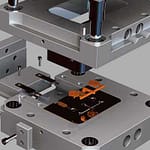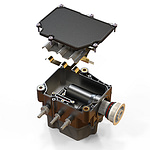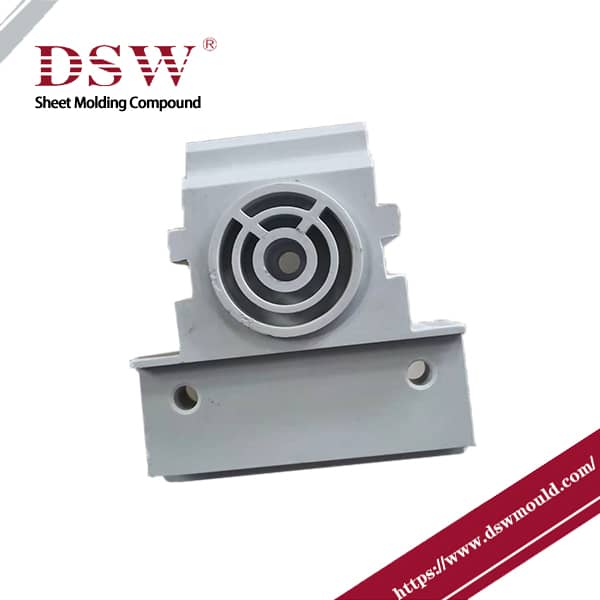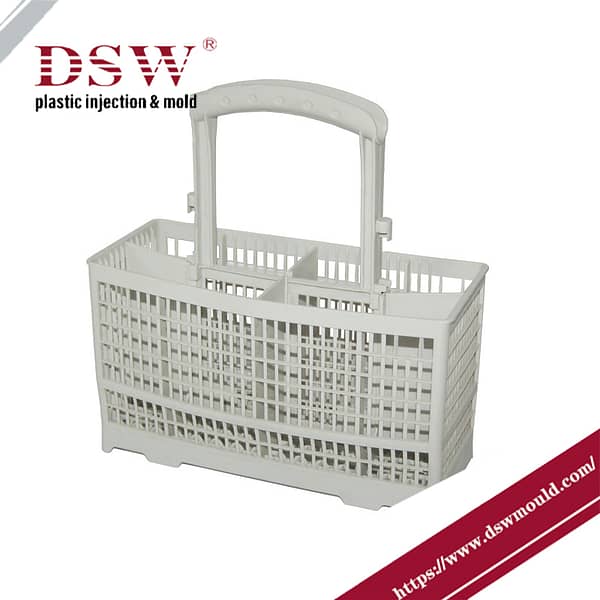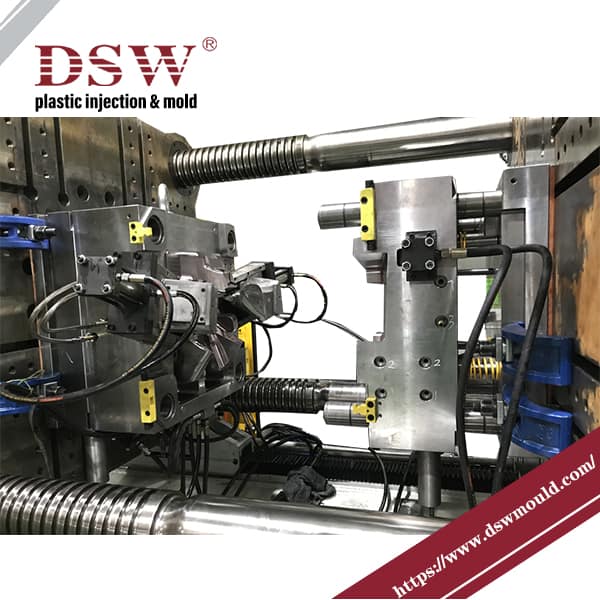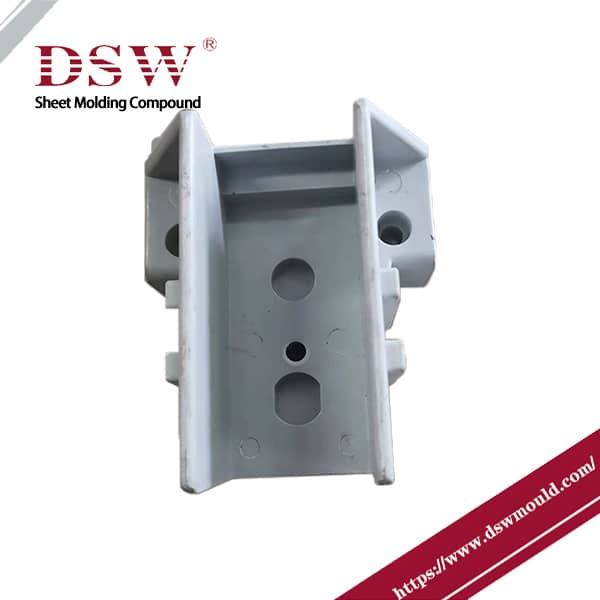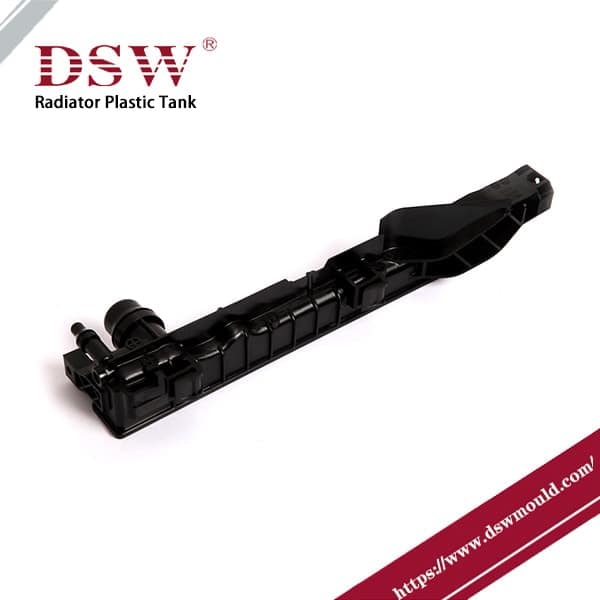SMC compression molding
Sheet Molding Compound (SMC) is a composite material used to manufacture high-strength, lightweight components for various industries, including automotive, aerospace, construction, and electrical applications.
SMC compression molding is a versatile and cost-effective manufacturing process that produces high-quality composite parts with excellent mechanical properties and dimensional accuracy.
It is commonly used in automotive, aerospace, electrical, and construction industries for applications requiring lightweight, durable, and complex-shaped components.
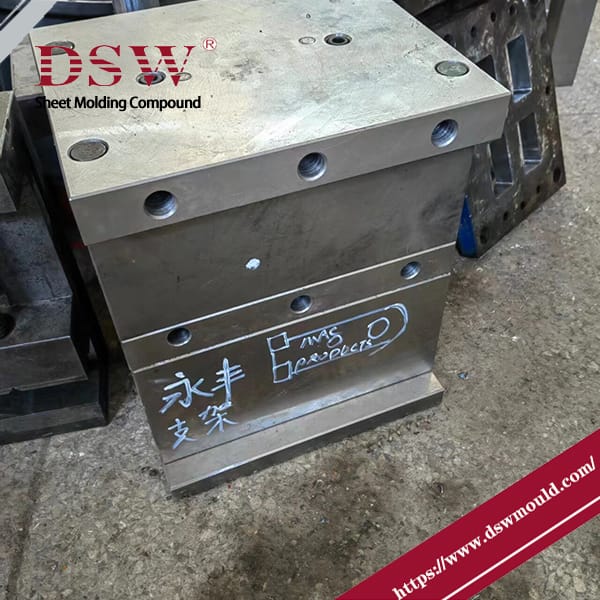
What we do? SMC Molding
DSW specializes in composite manufacturing and is a prominent provider of SMC compression molding services to automotive parts suppliers and industrial molding firms
We offer comprehensive solutions from design and prototyping to full-scale production, catering to various industries such as automotive, aerospace, construction, and electrical.
What is Sheet Molding Compound (SMC)?
SMC is a fiber-reinforced thermoset material commonly used in compression molding for electrical components.
It consists of chopped fiberglass strands, fillers, and thermosetting resin in a sheet form.
Compared to bulk molding compound (BMC), SMC offers longer (around 1 inch or more) and well-distributed glass fibers, resulting in superior strength and electrical insulating properties.
SMC Compression Molding Process
A. Pre-measured SMC sheets are placed into a heated mold cavity.
B. The mold closes under high pressure, forcing the SMC to conform to the mold shape.
C. Heat and pressure are applied, causing the resin to cure and harden the SMC into the desired part shape.
D. Once cured, the mold opens, and the finished part is ejected.
Benefits of SMC Compression Molding for Electrical Applications
High Strength and Dimensional Accuracy: The long fibers in SMC provide excellent strength and rigidity, while compression molding ensures precise control over part dimensions, crucial for electrical components.
Electrical Insulation: SMC possesses superior electrical insulating properties, making it ideal for applications requiring high voltage isolation.
Heat Resistance: Depending on the resin type, SMC can offer good heat resistance, important for electrical components operating at elevated temperatures.
Flame Retardance: Certain SMC formulations can be flame retardant, adding an extra layer of safety for electrical applications.
Cost-Effective for High Volume Production: The automated process and minimal material waste make SMC compression molding efficient for mass production of electrical components.
Applications of SMC Compression Molding in Electrical Industry
Switchgear Housings: SMC’s strength and insulating properties make it suitable for switchgear housings that protect electrical components.
Insulating Barriers: Electrical panels and transformers often utilize SMC for non-conductive barriers to separate high voltage components.
Meter Boxes and Enclosures: SMC enclosures offer a durable and insulating housing for electrical meters and other control equipment.
High-Voltage Busbars: Busbars, which conduct high currents, can benefit from SMC’s strength and insulating properties for support and separation.
Coil Bobbins and Housings: SMC’s ability to handle heat and maintain dimensional accuracy makes it suitable for coil bobbins and housings in electrical equipment.
SMC compression molding provides a versatile and cost-effective solution for manufacturing a variety of electrical components. Its combination of strength, electrical insulation, and dimensional accuracy makes it a valuable material for the electrical industry.


